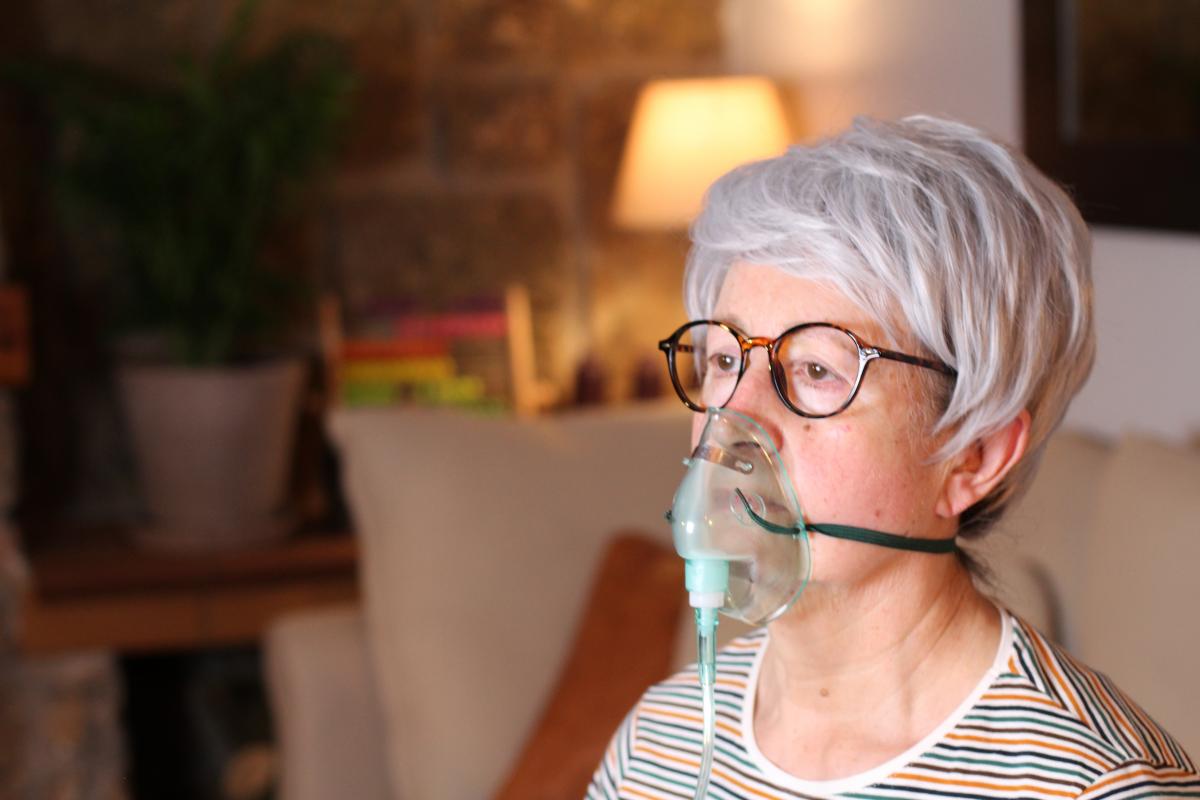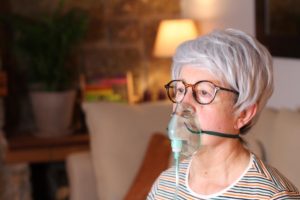
 01/8 COVID+ patients using oxygen at home, read this!
01/8 COVID+ patients using oxygen at home, read this!
Amidst a widespread crunch of hospital beds and resources across the country, there’s also a rising demand for oxygen support machines, cylinders and other therapies, with many COVID+ patients being advised to manage the condition at home to the extent it would be possible.
With oxygen deprivation and lung infections becoming common problems faced by patients during the second wave, oxygen concentrators, cylinders come of good use at a time when it is becoming increasingly difficult to secure medical help in time. Some can also be well-treated at home. That being said, with oxygen therapy, one needs to be doubly careful and be aware of the risks and dangers as well.
02/8 Tips to keep in mind while following home-based oxygenation
Intermittent use of oxygen, which doctors are observing right now, is not helpful either.
If you are someo
03/8 When to use oxygen?
ne who is using oxygen at home right now and have tested positive for the virus, here are some tips to remember:
Oxygenation should be preferred when blood oxygen levels (SpO2) readings drop below 93%. Ideal oxygen levels should be between 94-99%.
While no oxygen therapy can instantly boost oxygen levels or restore them to normal, COVID+ patients should aim to achieve a saturation between 88-92%. Experts also advise that achieving 100% saturation shouldn’t be done, when the body is sick, and more so, will exhaust your resources quicker- whether it is a concentrator or cylinder that you use.
With many people hoarding up resources indiscriminately, doctors are also advising patients to seek doctors or consult specialists before they get hooked up on these machines. Some may require less use, while some may be advised to use it all day long.
04/8 How much saturation should you aim for?
Dr Randeep Guleria, Chief, AIIMS New Delhi recently advised patients to keep in mind certain precautions before making use of external oxygen. “For those individuals who are having an oxygen saturation of 92 or 94, there is no need to take high oxygen just to maintain your saturation. It is not going to be of any benefit. If your saturation is above 95, you don’t need to take oxygen. If it is less than 94, you need close monitoring but you still may not need oxygen because oxygen is still sufficient in blood if the patient is healthy”, he said.
Patients with chronic respiratory disorders may require saturation to be maintained at higher levels, but aiming for a percentage above 97 won’t do much benefit. A treating doctor would also be able to advise how many litres of oxygen will you require per minute, and in a way, how long a cylinder would last, when to refill etc.
If you have difficulty finding concentrators/ cylinders, try and find oxygen cans, after consulting a doctor.
05/8 Continue to monitor vitals and keep a track of your readings
Even with external oxygen support, it’s crucial to keep tracking your oxygen and pulse readings, for it may actually show you how well your body is coping with the disease and if oxygen support is helping.
If you have been observing oxygen fluctuations, the best way to track your vitals would be to measure the readings every 2 hours and check if external oxygenation is able to improve readings. If readings remain the same, it could signal the need for hospitalization and intensive care.
06/8 The best way to use the mask and nasal cannula
A lot of people also encounter problems trying to use the oxygen mask and nasal cannula properly. Panic can also create problems at the last minute.
Just like you would be using a face mask, it’s crucial to ensure that the oxygen mask also fits properly, there are no leakages or gaps in/and around the nose, mouth or cheeks. It’s advisable to use a proper-sized mask so that the supply isn’t disturbed. A nose clip and tightened straps would further ensure that the mask gives a snug fit. This is crucial to follow since these masks would be used fairly regularly, and for long hours.
Since resources are running scarce now and a lot of these cannulas, concentrator machines are being borrowed for use, caregivers, patients should ensure that equipment, masks are well-sanitized before use. While using concentrators, ensure that there’s plenty of ventilation and open windows in the same room which will allow nitrogen to escape free.
07/8 What home remedies/ therapies could help boost oxygen levels?
Even if you do have resources and support handy, there are a lot of exercises and methods to try and boost oxygen levels naturally.
COVID+ patients are advised to sleep in the prone position, i.e. lie on their chest and have pillows placed under their neck, shins and chest. Patients can also lie on their sides. Apart from this, having a nutritious, iron-rich diet that improves lung function is said to benefit. Doctors say that when you suffer from a respiratory infection like this, the more you lie on your tummy, the better it is for you. There are patients who are said to have recovered or observed improvements in their health by prone positioning alone.
Patients are also advised to try breathing exercises, yoga asanas (Anulom-Vilom, Pranayama) and walk around through the day (in the room) to elevate breathing function.
08/8 What are the signs that show hospitalization is needed?
That being said, even with oxygen therapy and support at home, it is important to be on the lookout for signs of danger and be prepared to take the next steps.
Since with an illness like COVID, things can quickly turn bad, timely diagnosis and seeking help could save lives. Here are some critical signs of danger a patient may require intensive care help at the earliest while on oxygen therapy:
– Lips, face or tongue turning dark or getting discoloured.
-Patient being unconscious, not waking up.
-Experiencing discomfort even with the use of oxygen.
-Degradation of other vital signs and symptoms







